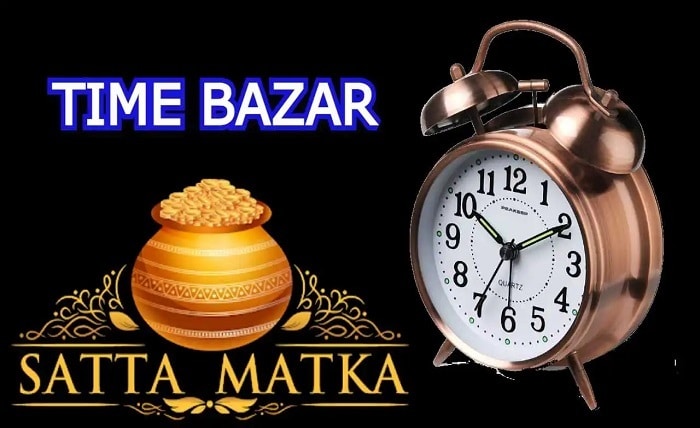
Decoding the Time Bazar: Your Ultimate Guide to the Indian Satta Matka
For decades, the alluring world of Satta Matka has captivated hearts and minds across India. Its pulsating rhythm, fueled by anticipation and chance, has woven itself into the cultural fabric of the nation. At the heart of this exhilarating experience lies the Time Bazar chart, a cryptic yet potent symbol of fortune and fate.
This definitive guide unlocks the secrets of the Time Bazar chart, unveiling its intricate workings and empowering you to navigate the captivating arena of Satta Matka with confidence. From its historical roots to the nuances of reading and interpreting the chart, we’ll embark on a journey that demystifies this captivating enigma.
A Historical Voyage:
The journey of the Time Bazar chart takes us back to the bustling streets of Mumbai in the 1940s. Back then, cotton traders anxiously awaited the opening and closing rates of cotton from New York, communicated via telexes that often arrived late. To fill the information gap, enterprising gamblers began placing bets on the last digit of these rates, thus birthing the Matka lottery.
The game quickly evolved, with specific charts like the Time Bazar assuming prominence. The name itself speaks volumes, signifying the opening of the “bazaar” (market) at a specific time, marking the commencement of the day’s gambling frenzy.
Understanding the Time Bazar Chart:
The Time Bazar chart resembles a matrix, neatly divided into rows and columns. Each row represents a specific digit (0-9), while each column corresponds to a “panna” (panel) – a combination of three digits. The chart displays the opening and closing results of the previous day’s draw, along with various calculations derived from these numbers.
Here’s a breakdown of the key elements:
- Opening and Closing: These numbers represent the last digits of the Time Bazar opening and closing rates, respectively.
- Singles: The sum of the opening and closing digits.
- Jodi: The pair formed by the last two digits of both opening and closing numbers.
- Triple: The sum of all three digits in both opening and closing numbers.
- Panel: The three-digit combination associated with each column, calculated based on specific formulas.
Interpreting the Chart:
Reading and interpreting the Time Bazar chart requires a keen eye and a touch of intuition. Experienced players analyze various patterns and trends within the numbers, searching for clues that might predict the next winning result. Some common interpretations include:
- Hot and Cold Numbers: Numbers that appear frequently in recent draws are considered “hot,” while those rarely drawn are termed “cold.” Players often favor betting on hot numbers, believing they possess a higher chance of winning.
- Sum and Difference Analysis: Analyzing the sums and differences of opening and closing numbers can reveal interesting patterns. Some players use these calculations to identify lucky pairs or panels.
- Trend Watching: Tracking the trends of specific numbers over time can provide valuable insights. For example, if a particular number has been hot for several days, it might be wise to consider betting on it again.
Remember: While there is no foolproof method to predict the outcome of Satta Matka, understanding the Time Bazar chart and its nuances can help you make informed decisions and potentially increase your chances of winning.
Winning Strategies:
While fortune plays a significant role in Satta Matka, adopting certain strategies can enhance your gameplay. Here are some tips:
- Budget and Risk Management: Set a clear budget for your Satta Matka playing and never bet more than you can afford to lose. Remember, responsible gambling is paramount.
- Diversify Your Bets: Don’t put all your eggs in one basket! Spread your bets across different numbers and panels to minimize potential losses and maximize your chances of winning.
- Analyze the Recent Trends: Carefully study the Time Bazar chart and identify any hot or cold numbers, promising trends, or recurring patterns. Use this information to inform your betting choices.
- Stay Disciplined and Be Patient: Don’t chase losses or get overconfident after a win. Stick to your budget and strategy, and remain patient while waiting for the right opportunities.
Conclusion:
The Time Bazar chart stands as a fascinating window into the captivating world of Satta Matka. While its intricate calculations and veiled predictions might seem daunting at first, understanding its core principles and employing intelligent strategies can equip you with the knowledge and confidence to navigate this game of chance with a sharper edge.




